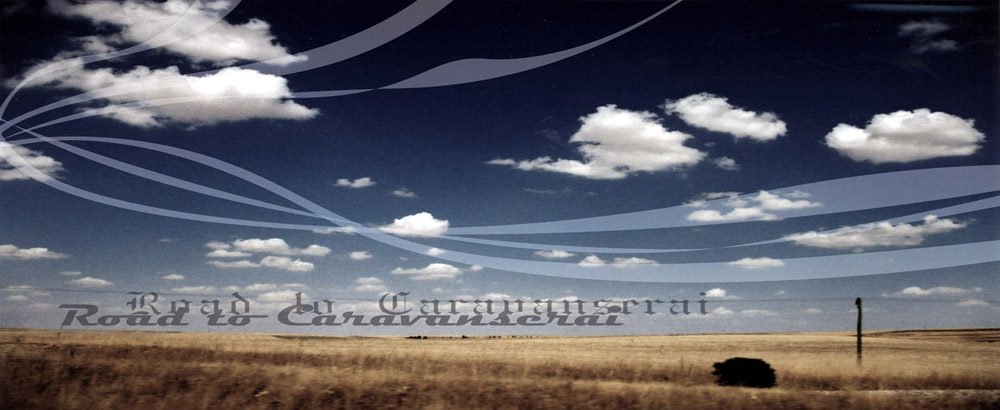


On our way down the hill we passed by an area full of hardware shops, and then toy shops. Then we found ourselves arrived at the famous Grand Bazaar of Istanbul. We spent over an hour in this gigantic covered market (over 50 covered shopping streets), selling mainly tacky souvenirs, t-shirts, pottery, not-sure-if-they-are-real jeweleries, etc. It was interesting, definitely predated all shopping malls for a few hundred years. Less romantic than the Parisian arcades, but more colourful and lively, if you don't mind the overwhelming touristic atmosphere. Similar to most tourist shopping areas in the world, it was next to impossible to find one-of-a-kind merchandise here. We left the bazaar empty handed.
We took some rest at the hostel after a full day of walking. In the evening, we walked along the main street where the tram ran, and picked a domestic-looking eatery for dinner. Some meat, some Turkish pizza, some plates of salad that half of us didn't try. I guess we worried about the water that they used to clean the vegetables. I guess I had a little.
After dinner, we walked over to Cemberlitas Hammam for a Turkish bath. It's not bad. Each of us spent 25 Turkish TYL for a service that included a sort-of-private change room (one for HC, SH and me, and another one for the 3 girls), self-serve shower (which we skipped entirely because we had no idea where to begin), body scrub, foam clean, and then short massage. In the change room on the 2nd level, we took off our clothes, wrapped a towel, and walked downstairs into the male shower room. We walked right into the steamy dome-ceiling male bathing hall. It was full of bathers. Some were being served by the staff at the central marble platform, while many sat aside at the individual cleaning niche with a small bucket in hand, soaping and rinsing and chatting. There were also more private washing chambers but we didn't bother to go in. We did what the others were doing, rinsing ourselves with hot and cold water at the perimeter of the big circular dome-ceiling bathing hall. After a while, we felt it was time and one by one we lay down on the central marble platform, awaiting for our turn for the staff to "clean" our bodies. HC was the first to be served, and then SH, and I was the last. Each of us was served by a different staff. They told me that mine was the "best". I wasn't sure, but I was pretty happy about what he had done to my body. Basically I was scrubbed with a rough towel, then rubbed with a soap, then came some massage, punches, pulls, hands and feet, arms and legs, so on and so forth. When we were done, we went back upstairs to get change, and went downstairs to the lobby to wait for our female buddies. At the lobby, each of us was served with a glass of fresh squeezed orange juice. A nice closure to a exhausting day. As we strolled back to our hostel, I could sense my muscles relaxed, and skin smoothed. I could truly feel the gentle night breezes touched upon my skin. Quite a sensational feeling.


















































